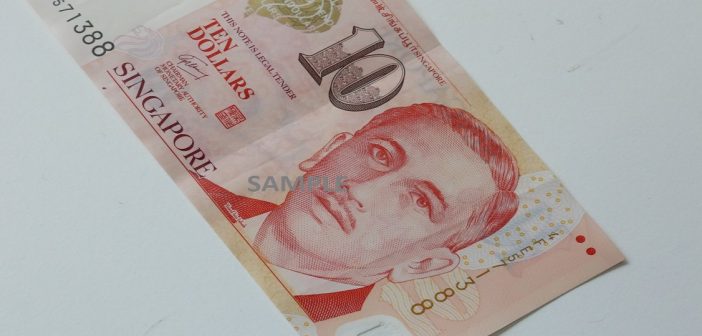Ever since the 1970s, the forex markets have been vibrant and liquid, brimming with traders keen to buy and sell the value of one fiat currency against the other. According to the Bank of International Settlements, the daily trading volumes in the forex markets reached $5.1 trillion in 2016 – almost a five-fold increase on the $1.2 trillion daily liquidity in 1995.
Forex is one of the most active financial markets in the world, with some 9.6 million people thought to actively buy and sell fiat currencies between one another at agreed prices. The most popular currencies in the forex markets tend to relate to the biggest global economies. The US dollar, the euro and the Japanese yen are the three most traded fiat currencies to date. Although the Singapore dollar does not rank near the top of the pile at present, there is every possibility that the attentions of forex traders will turn to the SGD for any of the following reasons.
Strong oversight by the Monetary Authority of Singapore (MAS)
One of the main benefits of the Singaporean currency is its relationship with the city-state’s central bank, the MAS. The MAS was founded in 1971 and was designed to oversee monetary policy for the Singapore dollar. Today, its mission remains the same – to promote continued non-inflationary economic growth for the Lion City and cement the SGD as a sound and progressive fiat currency. Unlike some other fiat currencies, which see central banks set short-term rates, the MAS takes a longer-term view based around Singapore’s free-market economy.
A ‘floating’ currency influenced purely by supply and demand
Historically, the Singapore dollar used to be ‘pegged’ to the British pound and latterly the US dollar. This was designed to stabilize the exchange rate for the city-state and provide a sense of long-term stability for business planning which was vital in the 70s, 80s and early 90s during Singapore’s rapid development when unemployment was as low as 2%. Today, the SGD operates as a ‘floating’ currency – one whose value is determined by supply and demand on the open market as opposed to government or central bank manipulation.
Floating currencies like the Singaporean dollar are a more accurate reflection of a nation’s economic strength and performance. If demand for the SGD outstrips supply, the value of the SGD will rise. If there is more supply than demand, its value will decline.
Rated one of 2019’s most stable fiat currencies

Forex traders and financial investors as a whole will often prefer stable markets to trade. Although volatility can yield opportunity, it also leads to increased risk. The SGD is certainly one of the most stable fiat currencies to trade, with few wild fluctuations in the market. Against the US dollar, the SGD began 2019 priced at US$1.37 and by 15 December 2019 it was priced at US$1.35 – an appreciation of a mere 1.46% in almost 12 months. Singapore continues to be a hive of financial activity across the Far East and with relatively flat inflation and a budget surplus, the MAS must be applauded for holding the reins where necessary during the city-state’s broad-based economic growth.





1 Comment
Pingback: Best 8 Jobs In Singapore For 2021 | TheFinance.sg